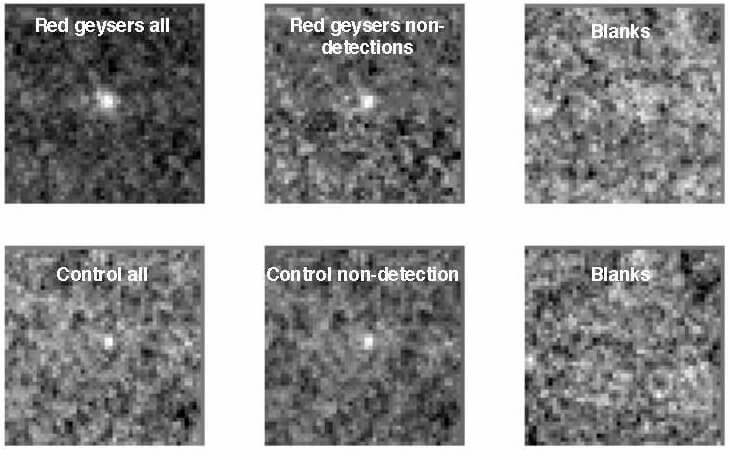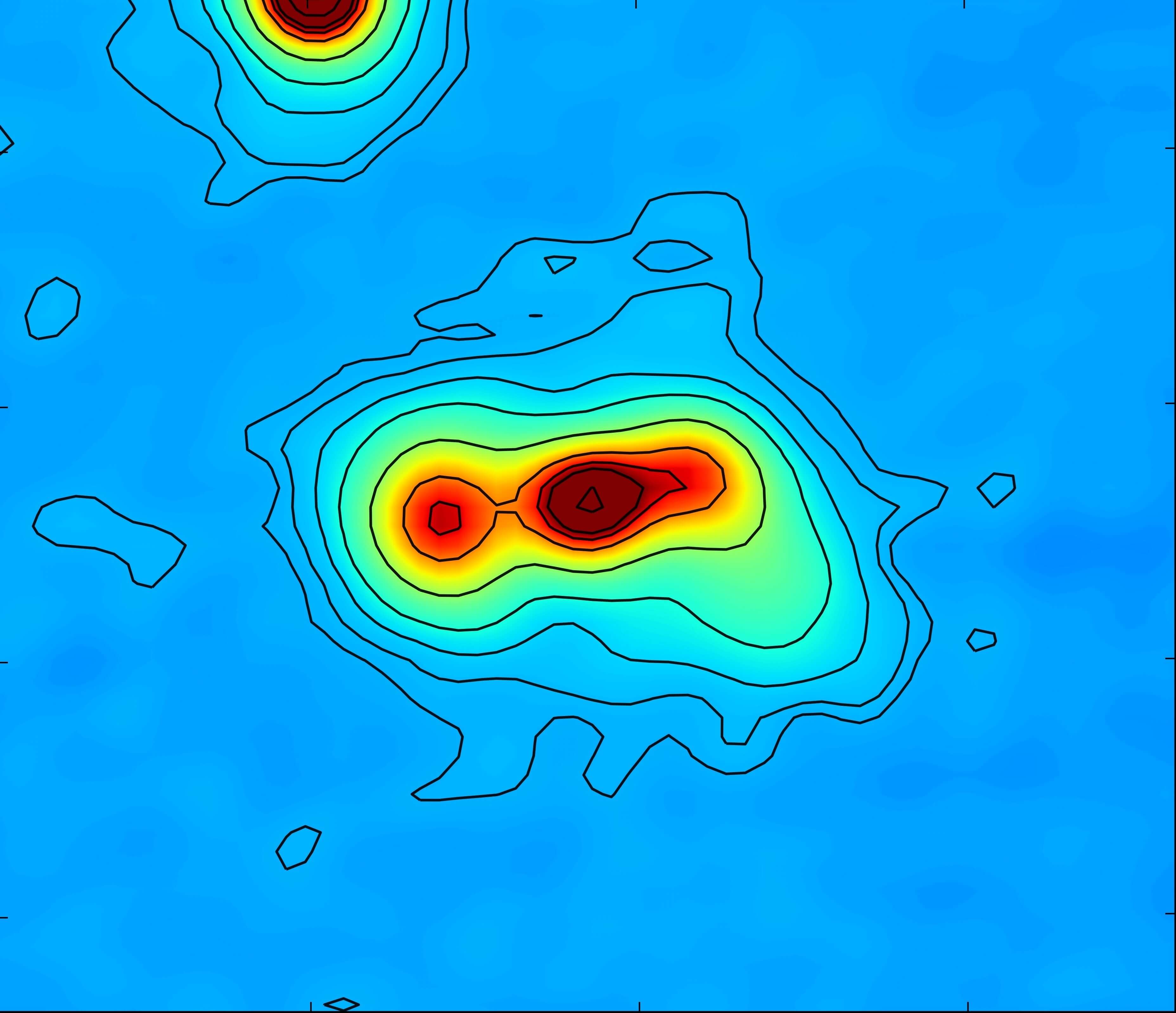Radio AGN in Red Geysers : Roy et al. 2018 , Roy et al. 2021c
In order to tst the hypothesis that the AGN activity is responsible for the ''red geyser'' phnomenon, we look at the Very Large Array (VLA) Faint Images of the Radio Sky at Twenty Centimeters (FIRST) radio continuum data at 1.4 GHz frequncy. We stacked radio flux from the FIRST survey in the red geysers and a matched control sample and found that the red geysers show significantly higher ( > 5σ) value of radio stacks than control galaxies.

Red geysers also show a three times higher radio detection rate than the control sample. Roy et al. 2018 concluded that the enhanced radio emissiosn in the red geysers are associated with low-luminosity "radio-mode" AGNs with radiatively inefficient accretions.
However, what are the spatial extent and morphologies of these radio emission? I am following up the red geysers with low frequency radio emission (~ 140 MHz) from LOFAR (Low frequency array) Two meter sky survey (LoTSS) as well as with high frequency (~ 3 GHz) data from Very large array sky survey (VLASS). We have seen a range of morphologies starting from radio jets, lobes, hotspots to relatively compact strcutures, all possibly related to the central radio-mode AGN activity. One such example is shown below.

This shows a lobed/ jetted radio emission extending to a distance of ~ 30 Kpc. Further details in Roy et al. 2021c .